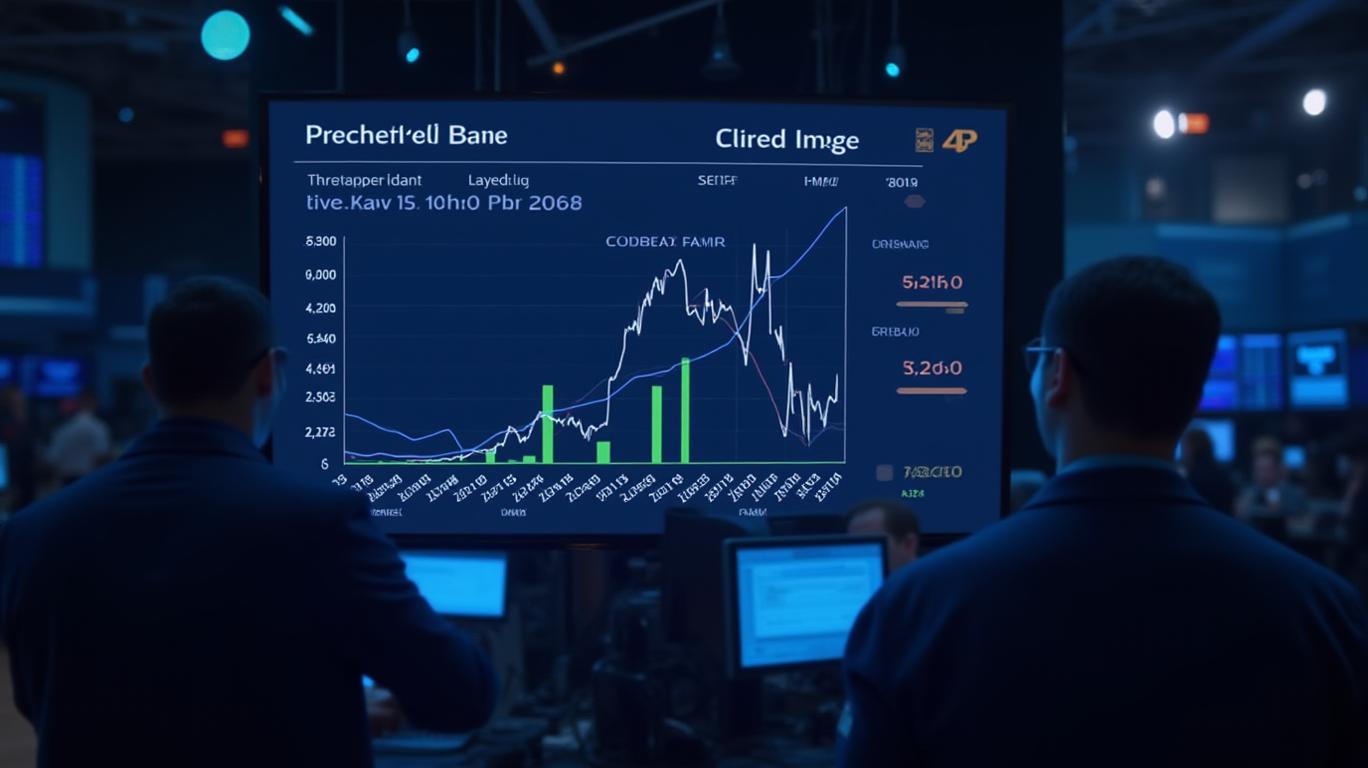Unlocking Edge in Investing: A Deep Dive into Yahoo Finance Premium's Value Proposition
In an era where data-driven decisions dominate financial markets, investors are increasingly turning to premium tools to gain a competitive edge. Yahoo Finance Premium, with its tiered subscription model, positions itself as a gateway to advanced research, real-time insights, and customizable tools. While the platform’s 2025 pricing remains undisclosed, its feature set—spanning portfolio analytics, premium research, and technical analysis—offers a compelling case for serious investors. This analysis evaluates the platform’s offerings, limitations, and strategic value in today’s market landscape.
The Tiered Approach: Features for Every Investor
Yahoo Finance Premium’s Bronze, Silver, and Gold plans cater to distinct investor profiles, from casual portfolio trackers to active traders. Each tier builds on the previous, offering escalating access to tools that could influence decision-making quality.
Bronze Plan: The Foundation for Everyday Investors
The Bronze tier ($34.99/month, estimated based on 2024 data) serves as an entry point for investors managing retirement accounts, IRAs, and brokerage holdings. Key features include:
- Portfolio Centralization: Tracks investments across multiple accounts, providing a unified view of risk exposure and unrealized returns.
- Ad-Free Experience: Eliminates distractions while analyzing market trends.
- Basic Analytics: Heatmap visualizations and diversification metrics help identify overconcentration in sectors.

Silver Plan: Deepening Insights for Experienced Investors
At a projected $49.99/month, the Silver plan adds layers of fundamental analysis. Subscribers gain access to Morningstar’s equity research, including star ratings, economic moat assessments, and fair value estimates. The premium newsfeed delivers real-time updates on corporate actions, earnings surprises, and geopolitical risks.
Gold Plan: The Arsenal for Active Traders
The Gold tier ($69.99/month, extrapolated from historical pricing) is designed for investors who demand precision. Features include:
- Historical Data: 40+ years of financial statements, valuation ratios, and dividend histories.
- Exportable Tools: Download charts and screeners for external analysis.
- Multi-Asset Coverage: Real-time data on forex, commodities, and global equities.

The Missing Piece: Pricing Transparency and Strategic Considerations
While Yahoo Finance’s feature hierarchy is clear, the absence of 2025 pricing creates uncertainty. Subscribers must weigh the platform’s value against competitors like Bloomberg Terminal ($2,000+/month) or Morningstar Direct ($150–$300/month). However, Yahoo’s subscription model—starting at an estimated $35/month—offers a cost-effective alternative for retail and small institutional investors.
The platform’s refund policy further complicates decision-making. With no refunds post-purchase and a 14-day window for annual renewals, users must commit cautiously. Yet, the 14-day free trial allows risk-free exploration of tools like the premium screener or Morningstar reports.
Policy Pitfalls and Practical Limitations
Yahoo Finance’s terms highlight critical caveats:
- Ad Exceptions: Subscribers still see ads for financial products (e.g., mortgages), which may dilute the ad-free experience.
- Device Constraints: While accessible on all platforms, exportable data (a Gold Plan perk) requires desktop use, limiting mobile traders.
- No API Access: Developers seeking programmatic data must rely on third-party solutions, narrowing the platform’s appeal for algorithmic strategies.
Data-Driven Value: Is the Investment Worth It?
For active investors, Yahoo Finance Premium’s tools can justify the cost. Consider:
- Morningstar Integration: Morningstar’s equity research has outperformed 68% of active funds over five years (Morningstar, 2023).
- Historical Context: Access to 40 years of data allows backtesting strategies against past crises (e.g., 2008, 2020).
- Community Sentiment: Retail investor trends often precede market shifts; Yahoo’s sentiment analysis could signal emerging trends.
Conclusion: A Strategic Edge at a Reasonable Cost
Yahoo Finance Premium’s value proposition hinges on its ability to democratize tools once reserved for institutional investors. While pricing opacity and policy restrictions pose challenges, the platform’s features—particularly for fundamental and technical analysis—offer tangible benefits. For investors willing to pay $35–$70/month, the tools could enhance portfolio returns through better-informed decisions.
However, the lack of 2025 pricing clarity and limited API access may deter institutional users. Retail investors, meanwhile, should prioritize the 14-day trial to assess whether the features align with their strategy. In a market where information asymmetry drives outcomes, Yahoo Finance Premium remains a viable option for those seeking to bridge the gap between amateur and professional investing.
As markets grow more complex, the adage “knowledge is power” holds true. For the price of a premium subscription, investors gain the tools to turn data into actionable insights—and in today’s markets, that edge could mean the difference between profit and loss.


_442a2dcc1749832873286.jpeg)
_e68fac6d1749831664430.jpeg)





